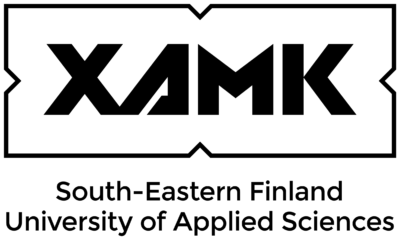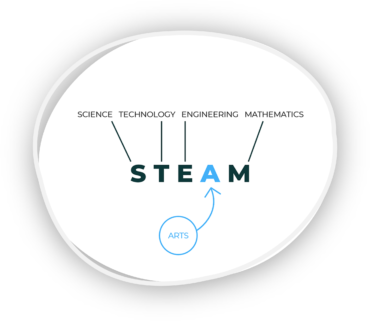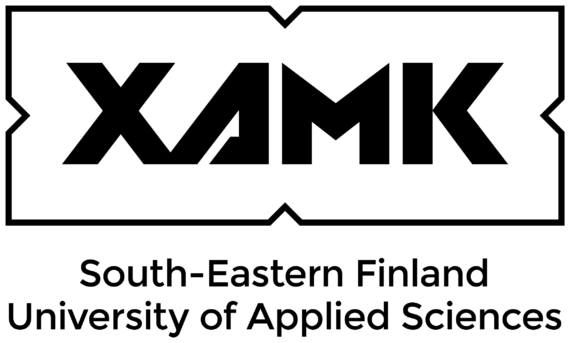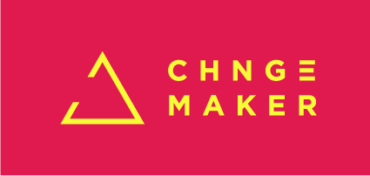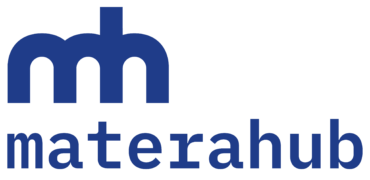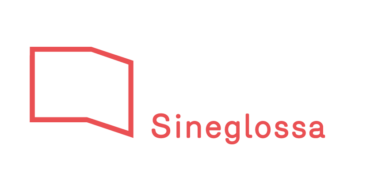In particular the project wants to:
1. Encourage programmes for skills development and lifelong learning to include a clear component for culture and creativity. It is crucial to assess the actual use and impact of the projects funded in the frame of programmes, such as Erasmus+, that are promoting the transition from STEM to STEAM training.
2. Support programmes integrating the arts into STEM curricula as well as cross-sectorial projects blending the arts with STEM disciplines. The studio and the laboratory are learn-by doing, learn-by-making educational experiences. The iterative process and experimentation are key components to advances and discoveries in both fields. Artists, designers, and scientists alike are utilizing data in new and interesting ways to inform their practices and affect positive change. Productive cross-disciplinary collaborations are being formed in both the academy and in the workplace.
3. The development of a Cultural and Creative Sector literacy policy, for example through an own-initiative report or via a pilot project/preparatory action. Such literacy policy would help to stimulate the interest and demand for European cultural diversity, as well as stimulate creative thinking across EU citizens, in particular, focused on specific policy issues. Art school students and graduates are also having a huge impact on social innovation by bringing to light and helping to solve important global issues. Architects and designers have a unique and ethical responsibility to develop, for example, environmentally creative solutions. And artists play an increasingly significant role in addressing societal challenges as many shift toward work that is collaborative and community-based.

The European Commission’s support for the production of these outputs does not constitute an endorsement of the contents, which reflect the views only of the authors, and the Commission cannot be held responsible for any use which may be made of the information contained therein.
PUBLICATION: Introducing the (A) in STEM Processes
The material in this publication was collected from all across the globe in the pursuit of wanting to understand how the arts and science collide. The cases were collected by all our project partners from the different corners of Europe, each bringing their own point of view and understanding of the themes with them.
As we analyzed the case data, we formed the three phases: Insight, Process and Output. This thinking follows a very general model of any project. First, we have the idea, next we plan and create it, and lastly we show the end product. Categorizing these arts and science cases into the unique phases helped us to understand what kind of collision exists already between them.
We hope that this publication inspires teachers, artists and scientists to think of what we can all learn from both the arts and science in order to more holistically and meaningfully understand the world we live in. To also appreciate the incredible advances we have made in science, that enable and provide unforeseen tools for artists to make new art and visions for the future. And to let these visions once again inspire scientists to think of how to realize the possible visions of how life could be. And thus, complete the creative process – in order to start another one again and anew.
Read the publication here: STEAMProcess – Introducing the (A) in STEM Processes (xamk.fi)
Download the Main Points Presentation of the publication: Introducing the (A) in STEM Processes Main Points Presentation [4Mb]
STEAM Methodology Handbook
STEAM is the research and education field that integrates Arts into scientific disciplines (Science, Technology, Engineering, Mathematics). The goal of the STEAM approach is not to teach scientists to “play the artist” or artists to “play the scientist”, but to unite artists and scientists, their research and their visions, to understand – and change – the world.
“Art and Science both aim at understanding the universe.” – Fabiola Gianotti, particle physicist, general director at CERN
This handbook offers a series of activities dedicated to both artists and scientists: why? Because, following the path indicated by the new movement launched by the President of the European Commission Ursula Von der Leyen, “to build a future that is beautiful, sustainable and inclusive, it is necessary to create a space of encounter situated at the crossroads between art, culture, science and technology”. The complex problems of the contemporary world require complex solutions: combining art and science means stratifying the research processes, stimulating creativity, innovation and critical thinking.
Read the handbook here: STEAMProcess Handbook [PDF, 724Kb]
Download the Italian translation: STEAMProcess Methodology Hankbook, Italian [691Kb]
STEAM Facilitator’s guide
This guide is aimed at facilitators who seek to foster the relationship between different disciplines and sectors in STEAM projects within the framework of higher education. It focuses on the need to develop a transdisciplinary look at learning processes from the understanding of the complexity of the world and the need to seek simple solutions in their application. This requires being able to formulate new questions, something in which the Arts are a privileged framework. The aims to vindicate the A of Arts as a field of knowledge generation on an equal footing with the rest: Science, Technology, Engineering and Mathematics. The guide provides resources and reflections to facilitate the task of really connecting these different fields of knowledge, although it emphasizes the facilitation processes that can be promoted from the arts, culture or creativity, the currently weakest link in the chain.
Download the Facilitator’s Guide here: STEAM Facilitator’s Guide [2.33Mb]
STEAM Process Game
The STEAM Process game is an educational tool for the training of students and STEM professionals in Artistic Skills, in order to stimulate a STEAM approach to research and design. Download the game set, print and cut the cards and templates, and start playing!
Download the printable game set here: STEAMProcess Game [2.26Mb]

Podcast Series – STEAM: WHy arts matter
Listen to the podcast series below. All five episodes will be released in 2022.
“STEAM: why arts matter” is a podcast for those people who want to understand how the arts contribute to our society and are revolutionizing future education. This podcast is part of the STEAMProcess project, an European Erasmus+ Project developed and coordinated by XAMK, Changemakers AB, Materahub, Sineglossa and Conexiones Improbables. The project has the ambition of fostering disruptive innovation and promotes the use of artistic softskills in science/tech education and practice.
From STEM to STEAM – with Silja Suntola
In this episode we discuss what STEAM means, what are the “A” skills and how the European education is related with STEAM.
The Art-Thinking Approach – With Alessia Tripaldi
In this episode we learn what is the art approach and how does art get in action in our daily life. We also discuss new institutions for transdisciplinarity.
Future Needs Arts – With Roberto Gómez de la Iglesia
In the third episode, we ponder the role of the arts in future societies and discuss the theme of transdisciplinarity and its applications.
The industries of culture and creativity – with Paolo Montemurro
In the fourth episode we learn what are the cultural and creative industries and how they contribute to the society. We also discuss the themes of creativity, future and education.
Creativity is transforming the labor market – with Tom Løyche
In this last episode of the STEAM: Why Arts Matter podcast series, we discuss Future Jobs and the role of creativity with the themes of STEAM, technology and the labor market. We also hear about the process of designing effective education program for Future Jobs.



